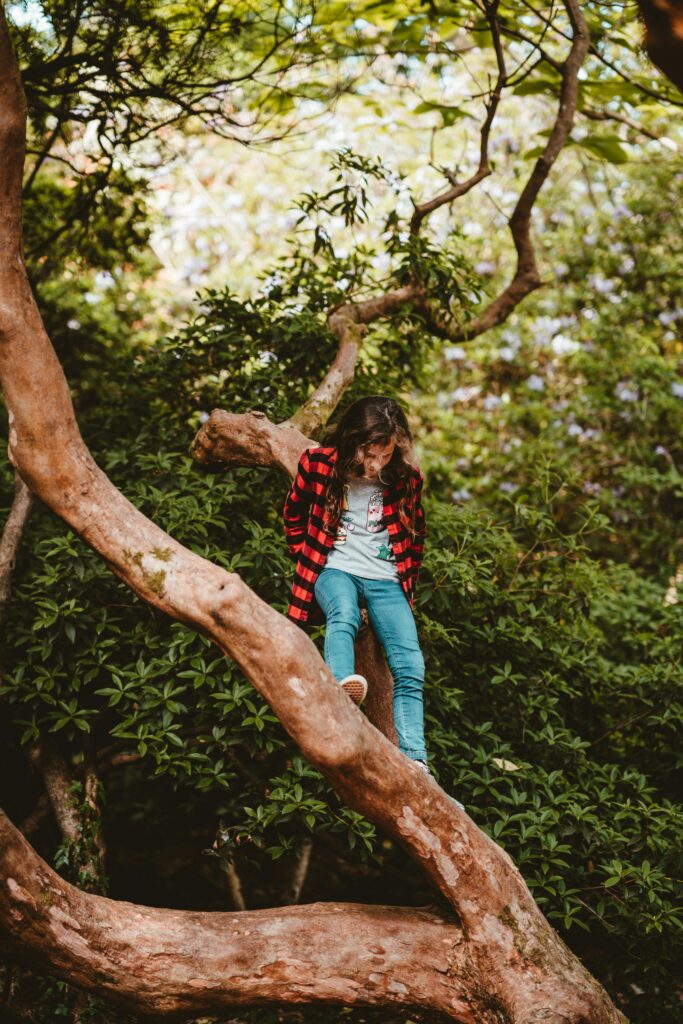There’s something inherently magical about tree climbing. For many, it’s a cherished childhood memory—a place to escape, explore, and feel a sense of accomplishment after reaching the highest branch. The thrill of being above the ground, with the world beneath you, can be exhilarating for children and adults alike.
However, if you’re considering turning an old garden tree into a climbing tree, it’s important to approach the project with care. Not all trees are suitable for climbing, and the safety of the climbers should be the top priority. This article will guide you through the process of converting an old garden tree into a safe, enjoyable climbing tree.

Photo by Annie Spratt on Unsplash
Assess the Tree’s Health
Before you can start envisioning your tree as a climbing paradise, it’s essential to assess its health. Consulting with a professional, such as a tree surgeon from Treestyle Arboriculture, is highly recommended. A tree surgeon can evaluate the structural integrity of the tree, identifying any weaknesses or diseases that may compromise its suitability as a climbing tree.
A tree that appears sturdy from the outside may have hidden issues like internal rot or weakened branches that could pose significant risks. The safety of the climbers depends on the tree’s ability to support their weight, which is why professional assessment is crucial. An expert will also be able to advise you on which branches can be retained for climbing and which should be removed to ensure both safety and the long-term health of the tree.
Essential Trimming
Once the tree has been deemed healthy and suitable for climbing, the next step is to trim it accordingly. Tree trimming for climbing requires a balance between maintaining the tree’s health and creating a fun, safe environment for climbers. The goal is to remove any dead or weak branches that could break under pressure, as well as any low-hanging branches that might obstruct the climber’s path.
Essential considerations include maintaining a strong central trunk and sturdy lateral branches that can support weight. The tree should be pruned in a way that encourages healthy growth while also making it easier to climb.
Investing in Climbing Equipment
Even with a perfectly trimmed and healthy tree, safety should always be your top priority. Investing in quality climbing equipment is essential, particularly if the tree will be used by children. Helmets, harnesses, and climbing ropes specifically designed for tree climbing can provide additional security and peace of mind. These tools can help prevent falls and ensure that climbers can explore the tree safely.
If the tree is large enough, you might also consider building a tree hut. A well-constructed tree hut can serve as a lookout point or a secret hideaway, adding another layer of fun to your climbing tree.
Turning an old garden tree into a climbing tree can bring immense joy and create lasting memories for both children and adults. However, it’s a project that requires careful planning and consideration.
Whether it’s for a quick climb, a place to escape, or even a spot to build a tree hut, your old garden tree can become a cherished feature of your outdoor space, offering fun and adventure for years to come.











Leave a Reply